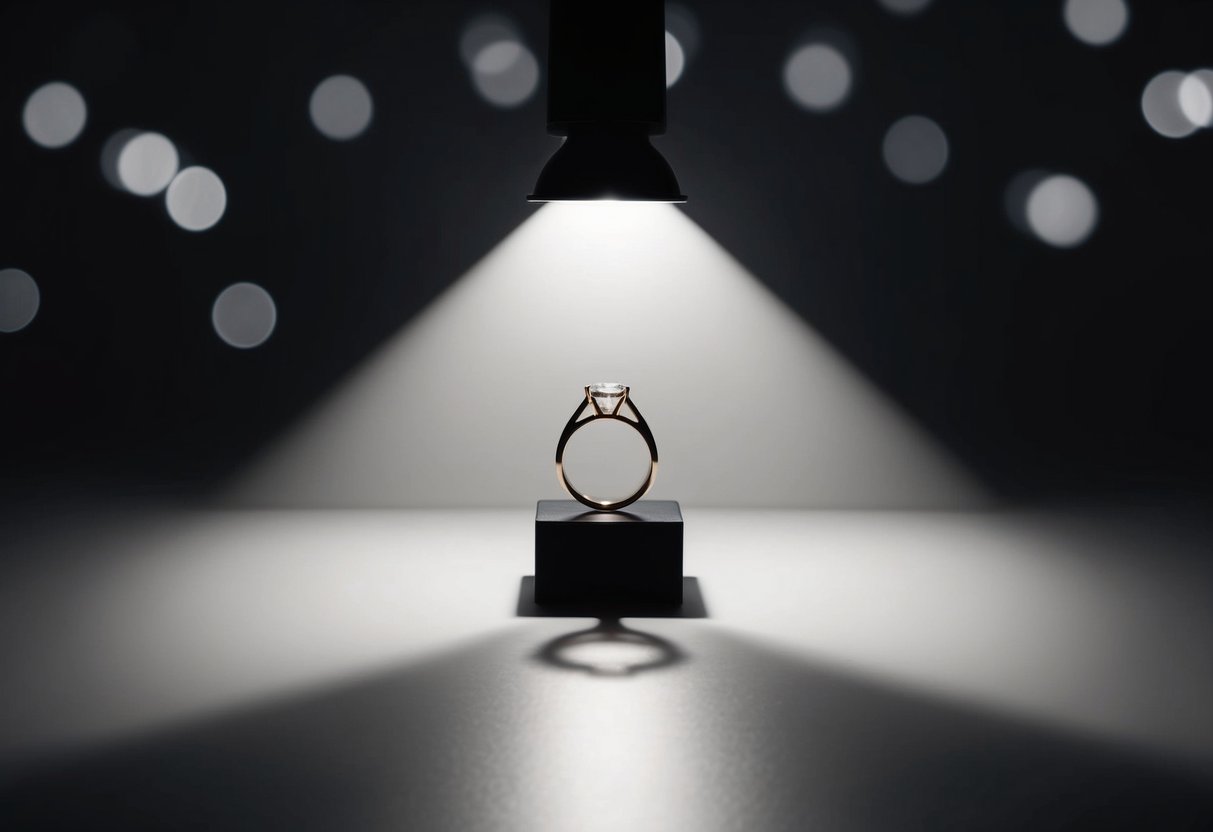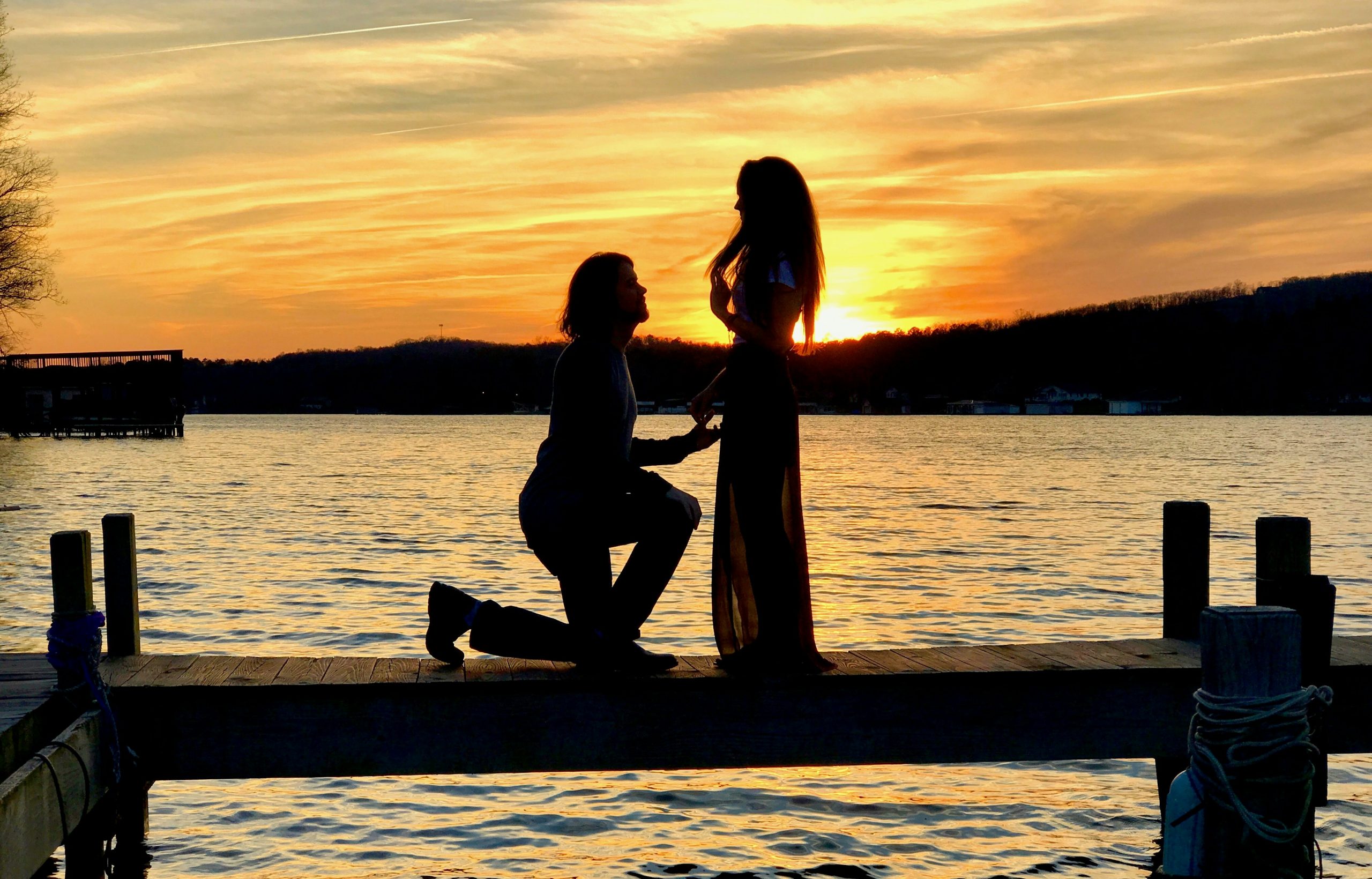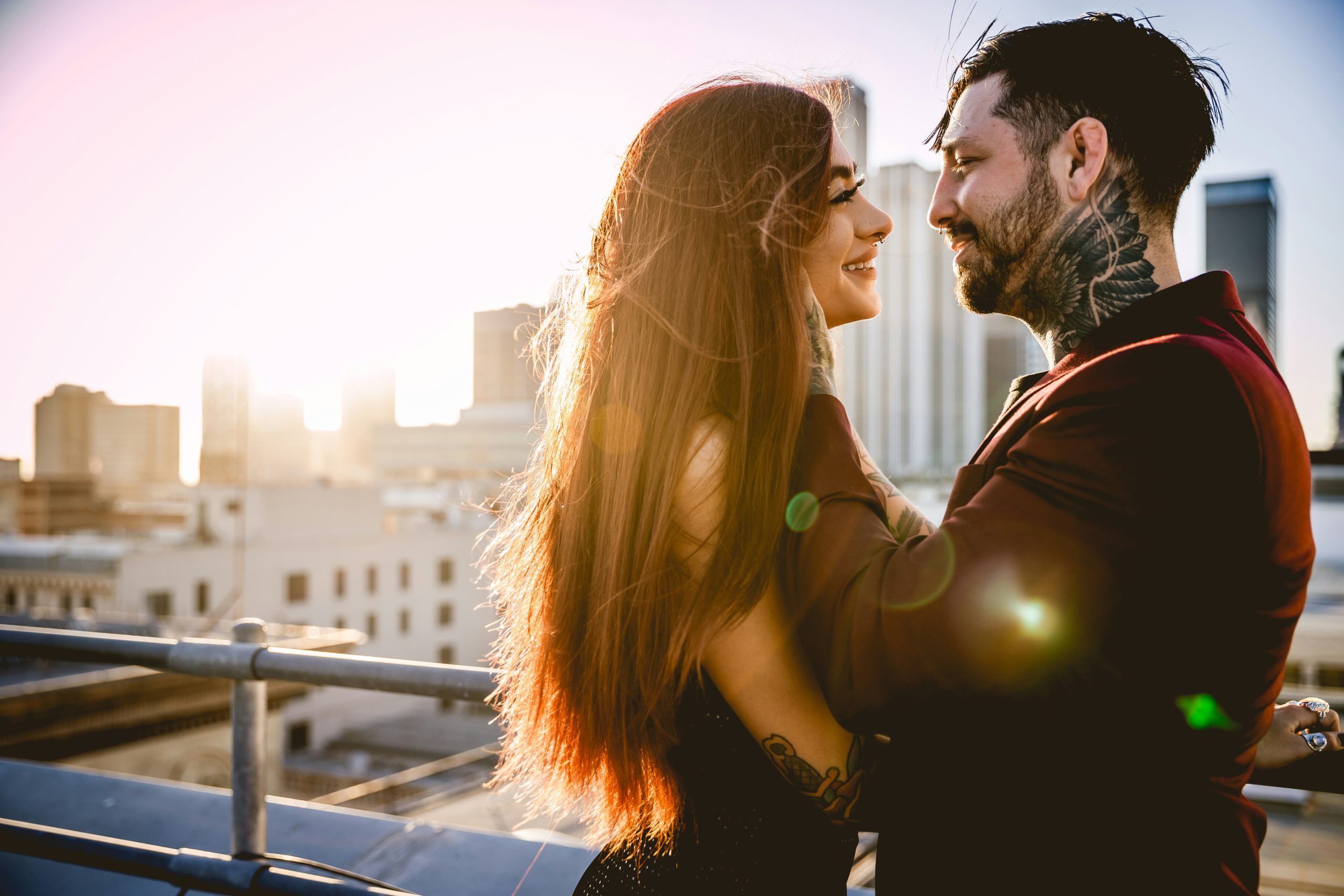Corporate and Event Photography Lighting
Corporate event photography requires skillful lighting to enhance professional aesthetics and captivate the audience. Effective lighting techniques can transform an event, highlighting key moments and maintaining audience attention.
Achieving Professional Looks
To achieve a professional look in corporate event photography, photographers often prioritize balanced lighting. Using a combination of ambient and artificial light sources can help eliminate harsh shadows while highlighting the subject’s features. A diffused light source can soften edges, creating a polished appearance that minimizes glare and highlights the natural tones of the event.
Strategic positioning of lights is also crucial. Placing lights at precise angles ensures that facial features are correctly lit, adding dimension and depth. This precision helps convey the formality and sophistication expected at corporate gatherings.
Engaging Audience with Effective Lighting
Effective lighting goes beyond mere illumination; it’s a tool for engaging the audience. By directing the focus on speakers or key moments, photographers harness light to guide the audience’s attention where it matters most. Dynamic lighting can emphasize movements during an event, adding visual interest.
Colored lights or spotlights can also be used to complement branding efforts, incorporating corporate colors to enhance thematic elements. This tailored lighting approach not only keeps guests intrigued but also reinforces the event’s purpose and message, ensuring that the occasion is memorable and impactful.
Practical Exercises and Tips
In dramatic lighting, mastering practical techniques can significantly enhance indoor photoshoots. Practicing specific lighting setups at home can offer a practical foundation, while guided activities refine skills for capturing stunning engagements.
Lighting Setups to Practice At Home
Creating dramatic lighting at home involves careful manipulation of available light sources. Using desk lamps or LED panels can emulate studio conditions, allowing photographers to explore shadow and contrast effects.
Positioning a light source at a steep angle can create dramatic shadows on the subject’s face, adding depth and intrigue. Photographers should experiment with reflecting light off walls or ceilings to diffuse and soften harsh shadows.
Adjusting curtains or blinds can control natural light for dynamic background effects, adding layers to the composition.
Guided Activities for Skill Improvement
Directed exercises can build confidence in executing dramatic lighting techniques. Practicing with different light modifiers like diffusers or reflectors can show how they alter light quality and direction.
Engaging in controlled experiments with varying light intensities helps photographers understand their impact on mood and tone. Collaborating with models enables observation of how different poses interact with lighting setups.
Evaluating results by reviewing each session’s photos will highlight areas for improvement, offering valuable insights into creating memorable, emotion-filled images.
Post-Production and Final Touches
The artistry of post-production in engagement photography offers transformative possibilities. Key elements include enhancing contrast for emphasis, refining color balance, and artfully blending various lighting styles to achieve a polished, dramatic effect.
Editing Techniques for Dramatic Effects
In post-production, photographers often leverage editing software to enhance the dramatic appeal of their images. Adjusting the contrast is pivotal, as it helps highlight the sharp focus of the couple while maintaining a shallow depth of field. This technique draws attention to the subjects against a softer, blurred background.
Using layers, editors can simulate even lighting across the scene, which balances out the intensity of direct light and the softness of diffused light. Photoshop and Lightroom offer robust tools that enable fine-tuning of shadows and highlights. Careful manipulation enhances the interplay of light and shadow, creating a striking and evocative engagement atmosphere.
Balancing Light and Color in Post
Achieving the right balance of light and color is critical in post-production. Editors aim to harmonize the warm and cool tones within a photograph, ensuring the skin tones of subjects appear natural and flattering. This balance often requires the use of gradient filters to manage the transition between direct light and areas cast in shadow.
Color grading can dramatically alter the mood of an engagement photo. Editors might adjust the saturation and hue to complement the environment, whether emphasizing the natural greens of a garden setting or enhancing the warm hues of a sunset. By meticulously balancing these elements, photographers produce images that capture the vibrancy and essence of an engagement shoot.






